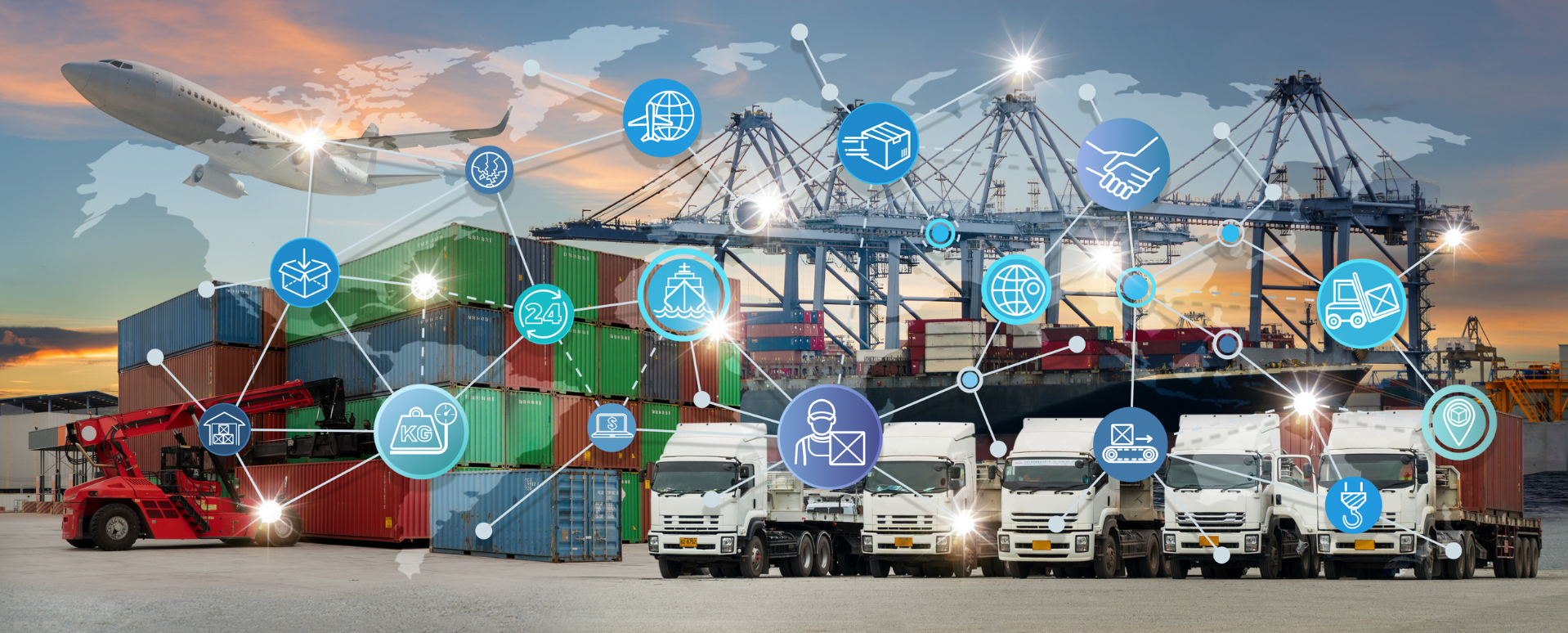Digital Freight Alliances: The Rise of Collaborative Platforms in a Competitive Industry
Logistics has always been a game of scale — bigger fleets, bigger networks, bigger systems. But in chasing size, have we overlooked something more powerful? The ability to collaborate.
While the big players dominate with vast resources, smaller and mid-sized providers have an opportunity to level the playing field through smart, digital partnerships. The problem? Many still operate in silos, missing out on the advantages of connected networks. This blog dives into why digital freight alliances are no longer just a good idea — they’re becoming essential for staying competitive in an industry that’s moving faster than ever.
In our industry where efficiency and resilience are critical, it’s surprising that many medium and smaller boutique landside logistics providers have yet to fully leverage digital collaboration to compete with larger players. With supply chain disruptions and increasing customer expectations, collaborative platforms are no longer a luxury — they’re a necessity. A recent survey of over 1,000 supply chain professionals found that 55% of leaders are increasing their investments in technology to enhance collaboration and efficiency (MHI Annual Report, 2024).
To some extent, we see this in international freight forwarding, where forwarders worldwide join alliances to offer door-to-door services without needing a physical presence in every corner of the world. And it works — somewhat.
While physical networks for air and sea freight have seen significant integration, information networks remain highly fragmented. This lack of connectivity results in inefficiencies, slower response times, and reduced visibility —challenges that logistics providers cannot afford in a competitive market. According to Transport Intelligence (Ti), over 60% of logistics providers still rely on manual processes and fragmented systems, leading to inefficiencies in freight handovers.
Every time freight transfers between providers, it creates friction in the supply chain. The risk of lost or damaged freight increases, and when there’s an information gap, resolving issues becomes difficult. More often than not, real-time updates for customers and managers are lost in the process. Exceptions get missed.
Managing customer expectations is about keeping them informed, especially when things go wrong. In response, we’ve seen an explosion of visibility platforms that consolidate data from individual providers' technologies. But what happens when many of those providers don’t have the technology to integrate? We’re back to square one.
The global market for real-time supply chain visibility platforms is projected to reach $2.5 billion by 2027, growing at over 11% CAGR (Allied Market Research). Yet, 75% of logistics companies struggle with data integration, limiting the effectiveness of these platforms (Forrester Research).

There is a real opportunity to modernise supply chains by creating technology platforms where providers — ranging from those with little or no technology to those with large-scale, established systems — can collaborate and connect to execute seamlessly.
Collaborative platforms have transformed nearly every aspect of our lives. From social media to ride-sharing (Uber), food delivery or how we work with accountants and banks (Xero), technology has revolutionised industries.
Yet, supply chain technology still very much operates in silos, with fragmented systems that don’t communicate. The day is coming when technology will enable providers to connect their physical and information networks, offering a seamless and truly global supply chain experience.
The future of logistics isn’t just about moving goods — it’s about moving information seamlessly. Digital freight alliances are transforming how providers collaborate, making supply chains more agile, efficient, and resilient. The question isn’t if this shift will happen, but how quickly companies can adapt and stay ahead of the curve.
That day is coming sooner than you think. The question is — will your business be ready? Let’s start a conversation on how digital freight alliances can help you stay agile and connected in an evolving industry.
Ready to explore how fit-for-purpose digital freight alliances can help you stay agile, efficient, and ready for what’s next?
We are eager to connect with you and share the path forward. Simply drop your contact details in the space provided, and we'll reach out to you shortly.

